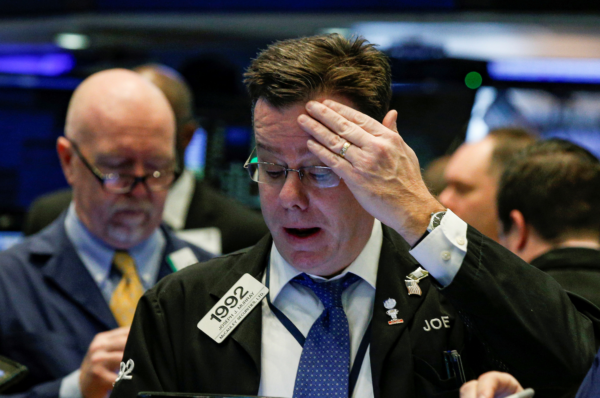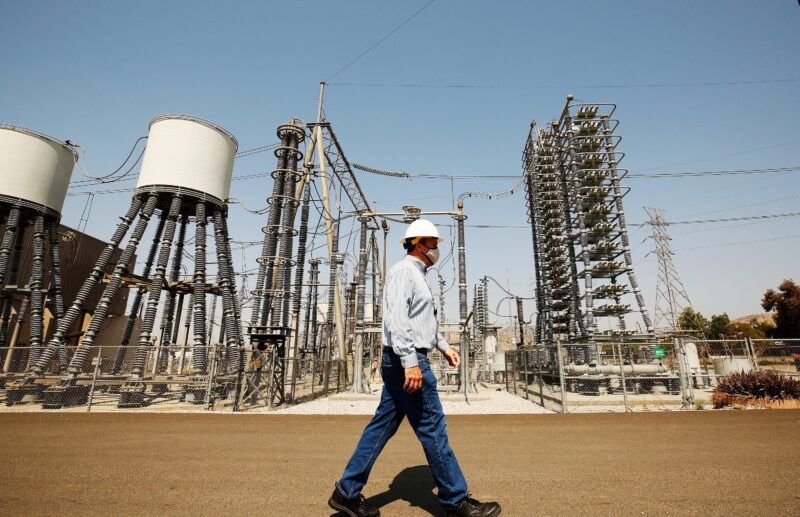- China’s central bank increased its gold reserves in March for the fourth consecutive month, continuing a major spree in buying of the precious metal.
- People’s Bank of China figures indicate the central bank increased reserves to 60.62 million ounces in March, according its website, cited by Bloomberg.
- Gold’s attractiveness has increased as the US dollar remains weaker. Central bank dovishness has also impacted demand.
- Watch gold trade live.
China’s gold-buying run has shown no signs of abating after the People’s Bank of China (PBOC) added yet more of the precious metal to its reserves in March.
Figures on the central bank’s website indicate it increased reserves to 60.62 million ounces in March from 60.26 million a month earlier, according to Bloomberg, a fourth consecutive month of higher figures.
Central banks added 651.5 tons of gold to their reserves in 2018, the second-highest total on record, according to the World Gold Council. This has been boosted by buying from China and Russia, two of the world’s largest purchasers. For Russia the buying is part of an attempt by Vladimir Putin to move away from dollar dependence, according to Bloomberg.
Long-term central-bank buying is expected to boost prices amid continued demand, with Goldman Sachs predicting gold prices will rally from $1,300 to $1,450 an ounce over the next 12 months.
The weaker dollar is supporting Chinese demand, according to Stephen Innes, head of trading and market strategy at SPI Asset Management. "Traders now think their appetite could extend through 2019 as global central banks continue to veer dovish which is adding more glitter to gold's long term prospects," he said.
Gold's status as a safe haven may well continue in light of the increased central-bank buying and as greater market uncertainty weighs on investors and governments globally. Gold will become more attractive in 2019, because of the the expansion of protectionist economic policies, according to the World Gold Council's forecast.











